
Copernical Team
ESA experiences COP27 using a space-empowered metaverse
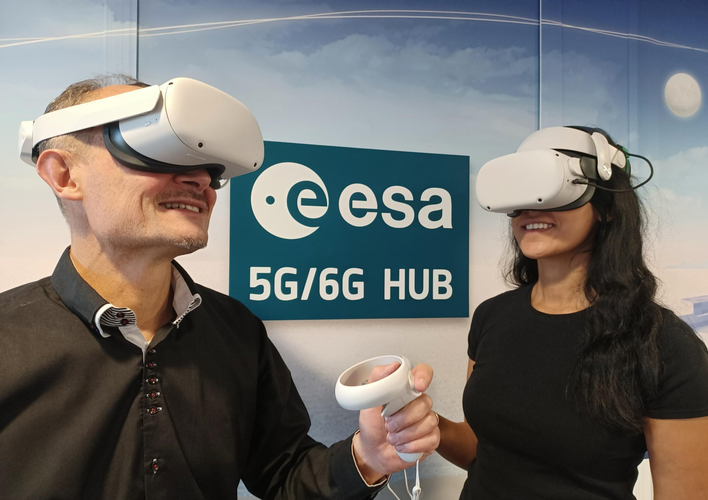
ESA has created a space-inspired virtual environment to enable its workforce to experience the COP27 climate summit – which is being held in Sharm el-Sheikh, Egypt – without the environmental cost of travelling.
Strong European support for space to combat climate crisis
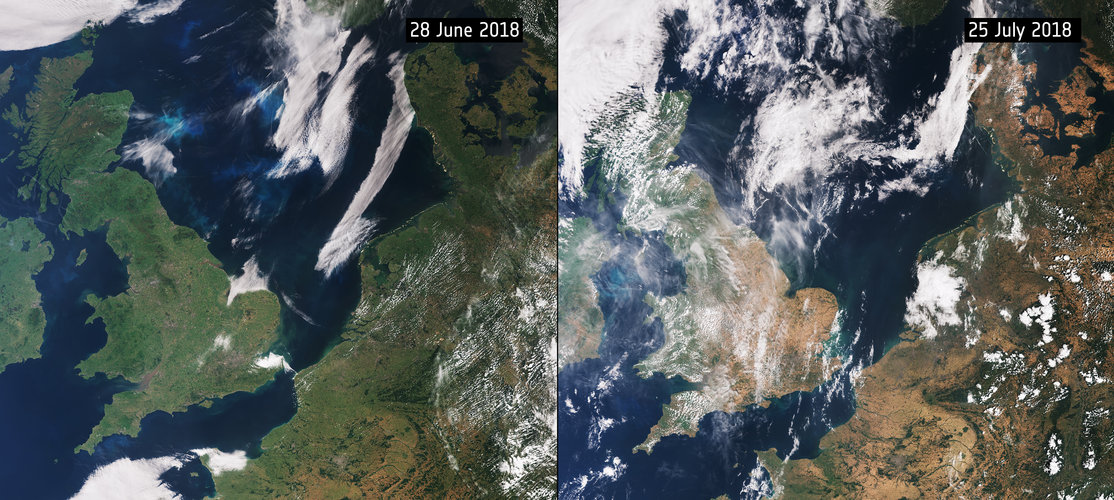
Europe should demonstrate responsibility, leadership and autonomy in space – and its highest priority should be to address climate change, according to a poll of European citizens.
Moon rocket launch looms as NASA evaluates hurricane damage
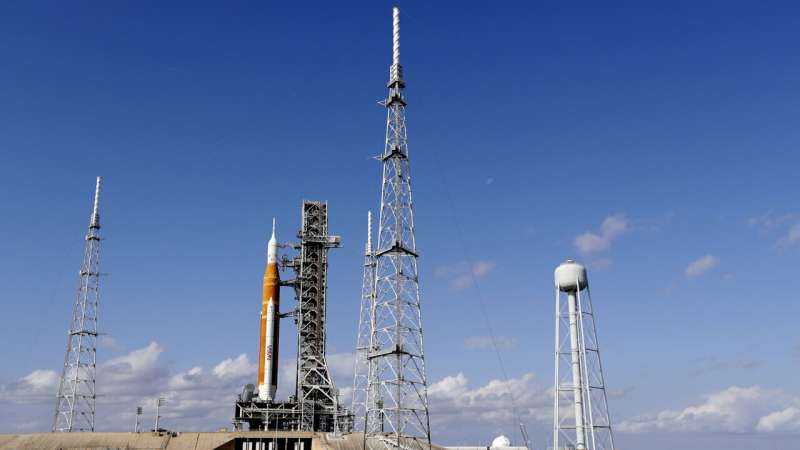
NASA started the countdown Monday for this week's planned liftoff of its new moon rocket, although hurricane damage could cause yet another delay for the test flight.
Hurricane Nicole's high winds caused a 10-foot (3-meter) section of caulking to peel away near the crew capsule at the top of the rocket last Thursday. Mission managers want to make sure the narrow strip won't damage the rocket if it breaks off during liftoff.
Artemis launch delay is the latest of many NASA scrubs and comes from hard lessons on crew safety
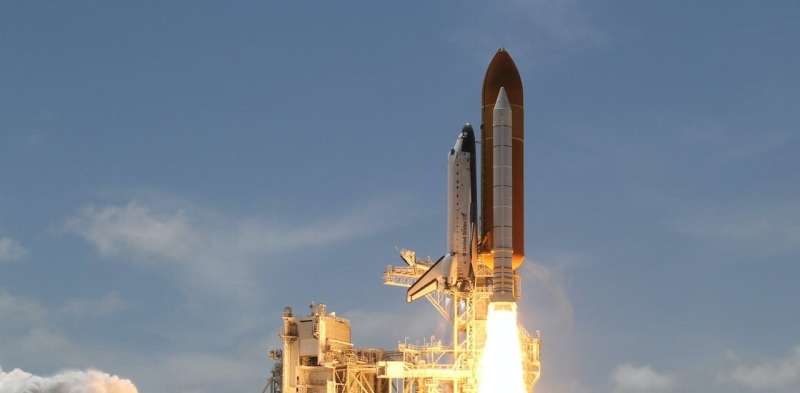
I love a good space launch, and I have been eagerly awaiting NASA's powerful new Space Launch System rocket to take off as the first part of NASA's ambitious Artemis Mission to put U.S. astronauts back on the Moon. But this launch has already been pushed back four times this year—twice due to technical issues and once apiece for a tropical storm and a hurricane.
I am a professor of space studies who teaches courses in space law and history. One lesson I've learned is that as successful as the U.S. and other nations have been at launching rockets into space over the decades, a huge number of launches get delayed due to weather or safety concerns. Of NASA's 135 Space Shuttle missions, only about 40% launched on time.
Final preparations underway for NASA's Moon rocket launch
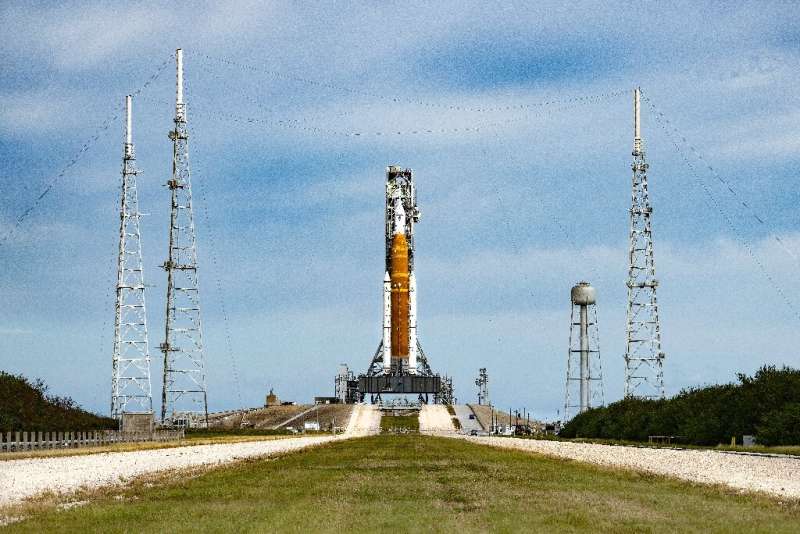
After two failed attempts this summer, NASA was busy Monday completing final preparations for the launch of its new mega Moon rocket, now scheduled for early Wednesday from Florida.
The Artemis 1 mission, a test flight without astronauts, represents the first step in the US space agency's plan to build a lasting presence on the Moon, and taking lessons from there to prepare for a future voyage to Mars.
Phobos surface striations tell a story of its rupturing interior
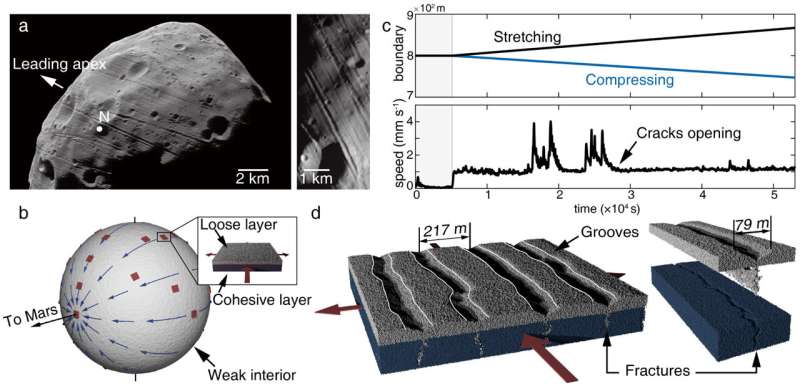
Safety in space: Synthetic hibernation could provide protection from cosmic radiation
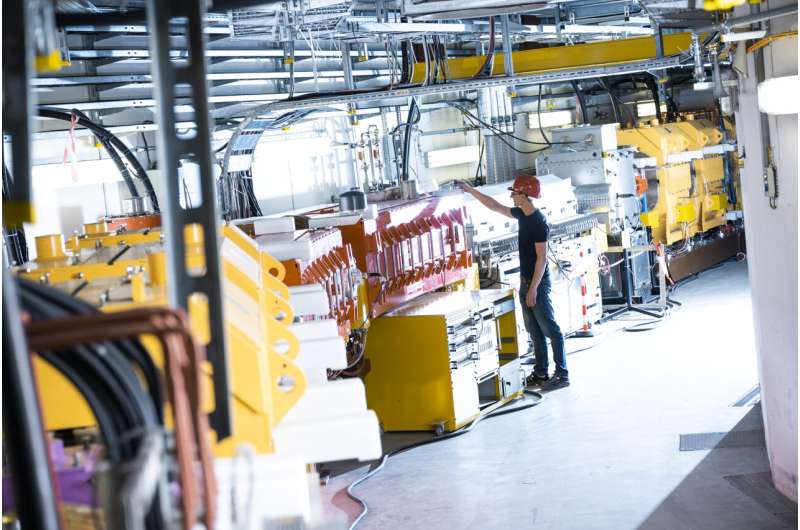
It is still a glimpse into the future: Astronauts could be put into artificial hibernation and in this state be better protected from cosmic radiation. At present, there are already promising approaches to follow up such considerations.
An international research team led by the Biophysics Department of the GSI Helmholtzzentrum in Darmstadt now has found decisive indications of the possible benefits of artificial hibernation for radiation resistance. The research partners from Germany, Japan, Italy, the UK and the USA have recently published their results in Scientific Reports.
Scientists call the state, which hibernating animals enter, torpor. In this state, life-supporting functions of an organism are reduced: Body temperature is lowered, metabolism is reduced and body functions such as heart rate and respiration rate or oxygen uptake are significantly slowed down.
Solar snake spotted slithering across Sun’s surface
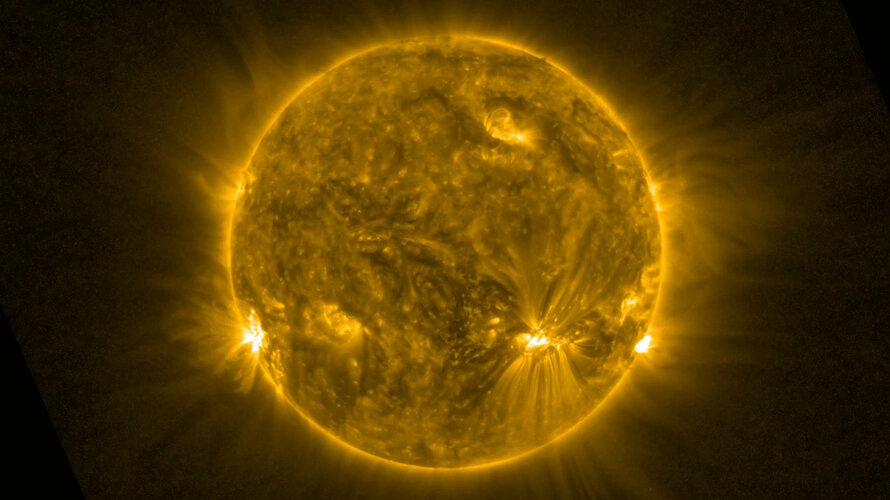 Video:
00:00:11
Video:
00:00:11
Solar Orbiter has spotted a ‘tube’ of cooler atmospheric gases snaking its way through the Sun’s magnetic field. The observation provides an intriguing new addition to the zoo of features revealed by the ESA-led Solar Orbiter mission, especially since the snake was a precursor to a much larger eruption.
The snake was seen on 5 September 2022, as Solar Orbiter was approaching the Sun for a close pass that took place on 12 October. It is a tube of cool plasma suspended by magnetic fields in the hotter surrounding plasma of the Sun’s atmosphere.
Plasma is a state of
Space Transportation development ‘an investment in Europe’s future’

Europe has a strong heritage in launch, with Ariane 5 leading the market for many years and Ariane 6 being prepared to take over this role. Meanwhile, the Vega launch system has showcased Europe’s capacity for innovation, notably with the inaugural flight of Vega-C on 13 July. In Space Transportation, ESA’s ambition at this ESA Council at Ministerial level (CM22) is therefore to continue to realise the market introduction of its newest vehicles, Ariane 6 and Vega-C, while making ambitious preparations for the 2030s.
Biomass heads for the shaker
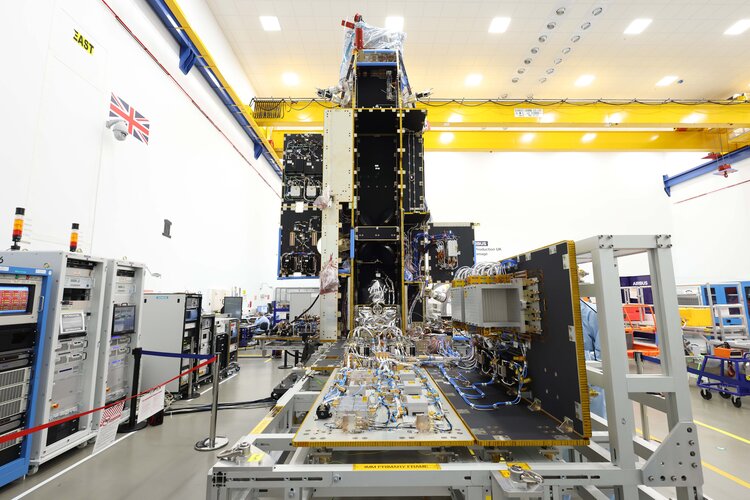
Over the last six months, engineers at Airbus in Stevenage, UK, and teams from Europe and North America have turned a multitude of structural parts and electronic units into a complete satellite: ESA’s Biomass satellite. Now complete, this brand-new satellite has been shipped to Airbus’ testing facility in Toulouse, France, where it will be put through its paces to ensure that it will survive the rigours of liftoff and the harsh environment of space to deliver on its promise, that being to yield new insight into Earth’s precious forests.
